Finally, the last of the six packs of maocha was drunk. It was the Youle maocha, and I must say…. sometimes last really is least.
I did the same thing I did the past 5 times, warming the gaiwan, opening the bag, taking a picture:
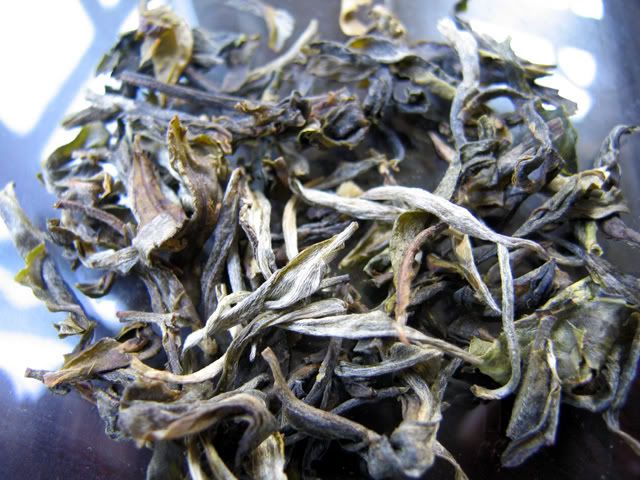
Then taking another one when I dumped the tea into the gaiwan:
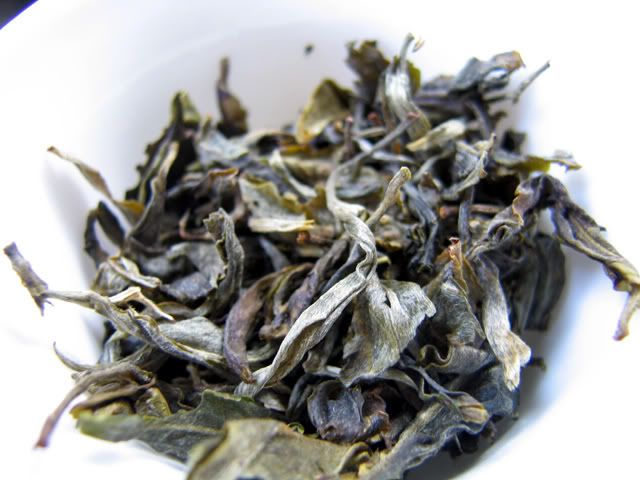
My thoughts about this is that it looked slightly greener than the other ones, and also…. it looked more like white tea than any of the other ones. All the other teas yelled “Yunnan maocha for puerh”, but this one… if you just showed it to me, I might have mistaken it for a white tea of some unknown variety. The smell is still very much that of a very young maocha, but the looks…. is not, not really.
I washed the leaves, brewed it up…. it was, just like the last five, a very thick tea. The bubbles don’t burst no matter how you blow on them. The tea looks like it has a film of stuff on top in the sense that there was a sort of tension on the surface of the tea that is visible. It looks slightly like a runny jelly rather than a cup of tea. All the maochas shared this, which I think is a good thing. A thin tea is always a recipe for disaster. Or just a bad tea.

It tasted… peachy? A little bit. A little less bitter than yesterday’s despite having a little more leaves in it. There were also some notes that were similar to the Wangzhi and the Gedeng… the very tea-ish taste with clear bitterness in the back dissipating into a huigan. The cooling effect coats more of the front of the mouth than yesterday’s, which was mostly in the back. The “throat feel” is not as strong, but still there.
However, the tea didn’t last as many infusions as those of previous days. Somewhere around maybe infusion 12-15, the tea started giving up on me. I’m not exactly sure why. Also, now, as I’m typing it, I am no longer tasting the tea. All the previous 5, with the possible exception of the Yiwu (since I drank a few things afterwards) left me feeling the tea hours after they were downed. This one… didn’t last as long.
I think one reason could be the tenderness of the tea. If you look at the wet leaves… the leaves are very small. I also wonder if it’s because this is partly tea that are of the smaller leafed variety that supposedly populate some areas of the Six Mountains.
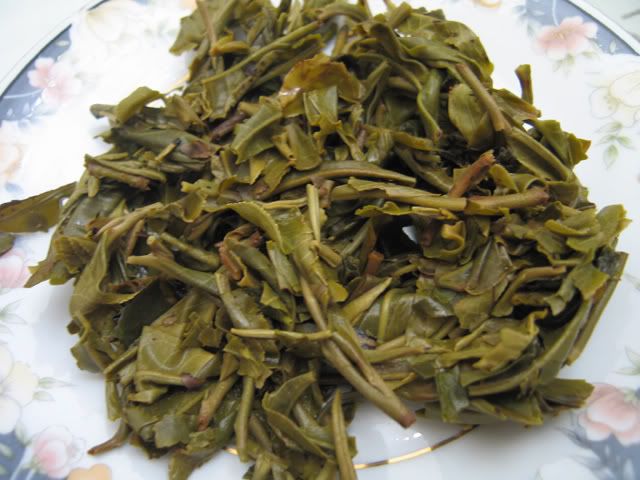
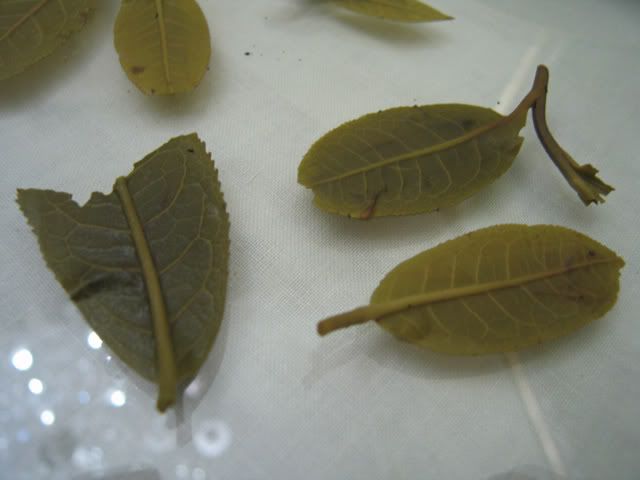
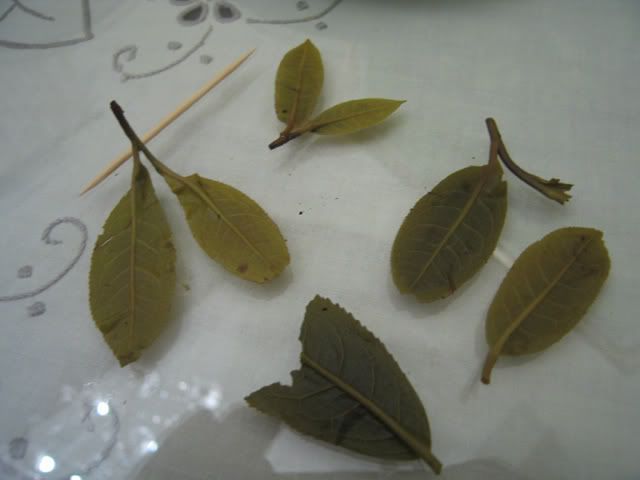
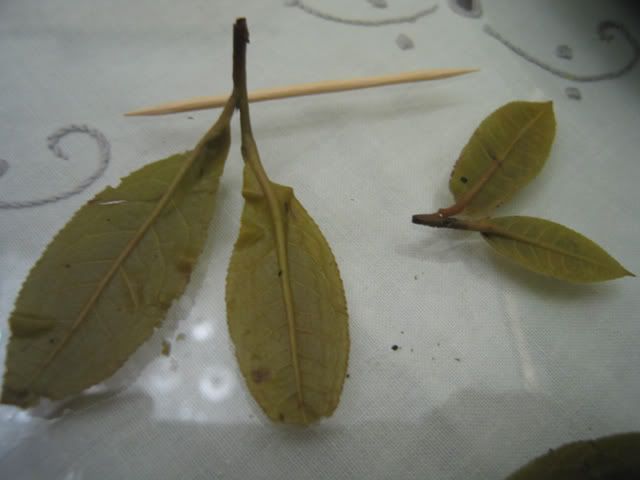
With the ever-present toothpick, you can see that these were smaller than leaves of the previous days. Also, these were pretty much the only really intact ones I could find today. The rest were all more broken up, a little on the thin side, or both. It seems like this sample just wasn’t as good and robust as those of the previous 5.
This is, of course, not to say that this was a bad tea.
The six samples have all been very enjoyable. The contrast in their flavours have been interesting, as has the differences, however small, in how my mouth reacted to them. I remember reading, at some point, how different area teas have different reactions in one’s mouth — if the feelings are in a certain “zone” it could be an indicator of a tea from a certain area, sort of like a signature. I never quite believed it, and I’m still not sure I subscribe to it entirely. However, I did notice differences in where I was feeling certain things. More importantly, it is worth remembering that while flavours can be faked or masked, where one feel’s a sensation of coolness (if there is any at all!), the duration of such feeling, the qi, the “throat feel”, and that sort of thing are, I’d say, impossible to fake for even the best forgers. Therefore… ultimately it is those aspects of a tea that differentiates a merely reasonable Yiwu from a great Yiwu, and ditto for all other tea areas. I think what I have noted here is that every single one of these teas had a strong, obvious, and usually immediate huigan, with a lasting feeling in the back of the mouth or even the throat of some sort of coolness. This is not a sensation that can be found in every tea, and I think is a must if a tea claims to be “old” or “ancient” tree (arbor, on the other hand, can be a pretty young tree with no claim to an old age).
I feel like I should give acknowledgment where it’s due. The company that gave me these samples is:
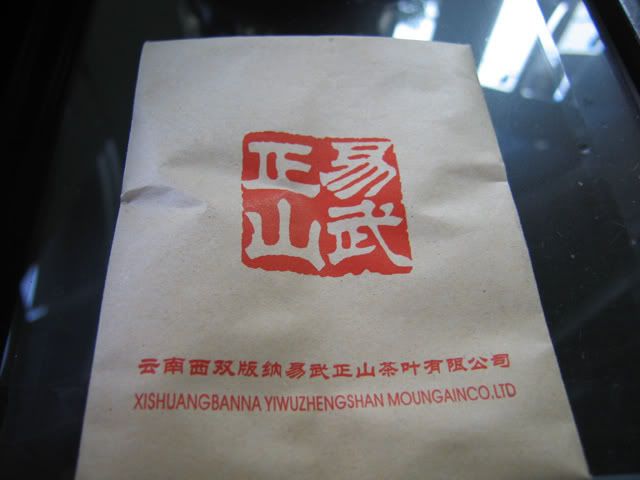
And their website can be found here. That said, I must say that I have only tried a few cakes of theirs in Beijing. Quality varies, and prices are not too low. They do have pretty decent quality teas though. Anyway, I think that’s enough publicity for the (quite instructive!) free samples they gave me.
I think I will put these reviews in the links to the left so you can come back and look at the pictures with ease. I may also re-taste these once L gets back to Shanghai, as he has a set, and so does AC.


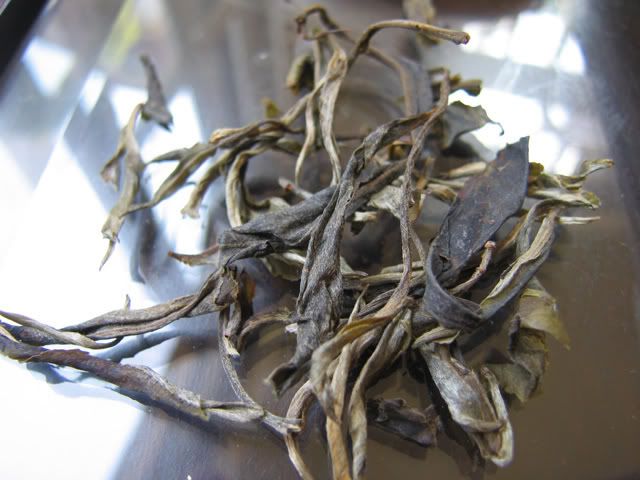
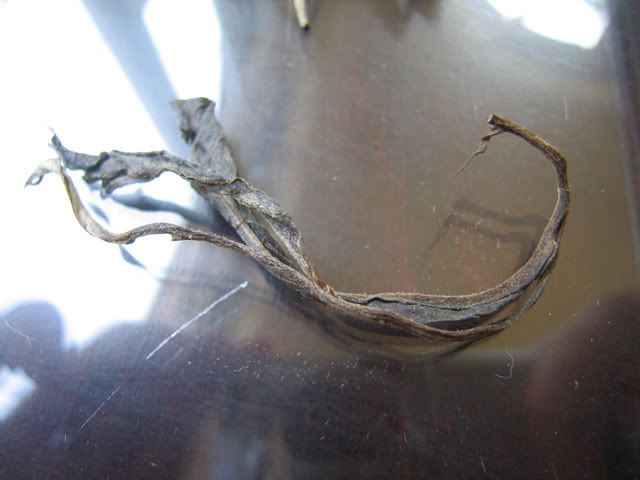
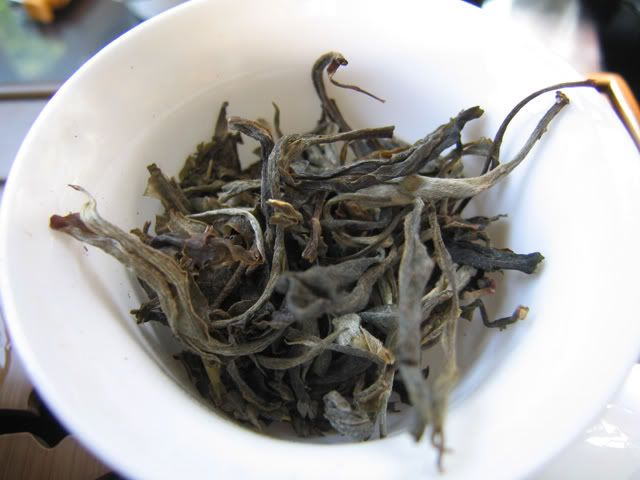
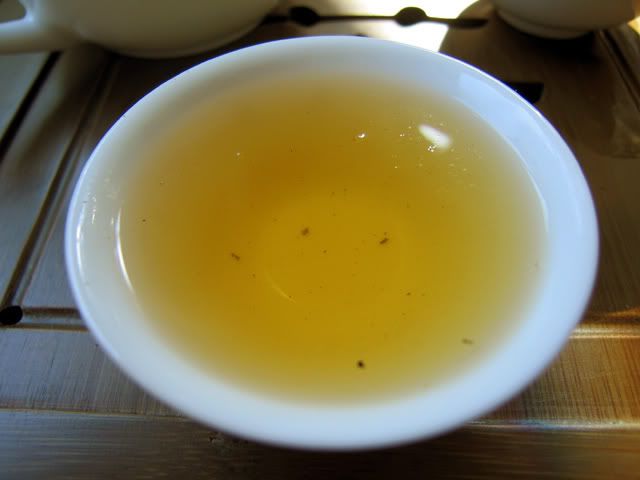
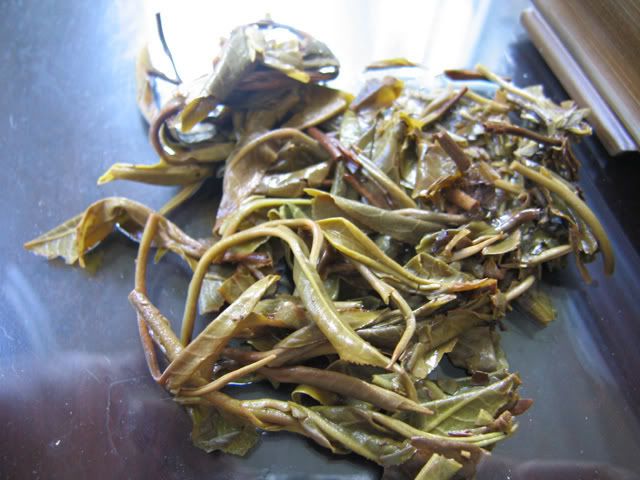
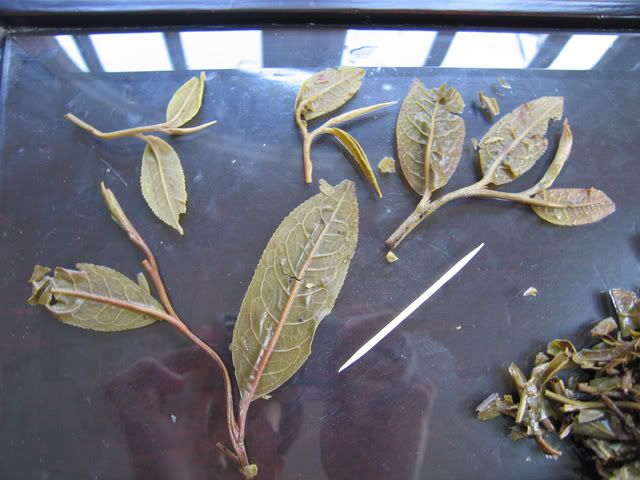
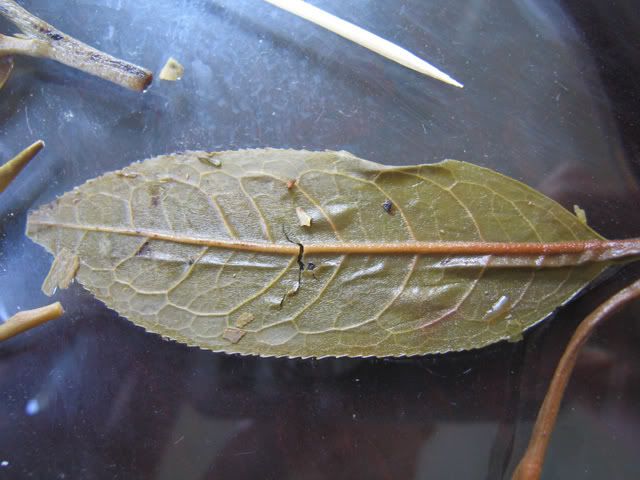
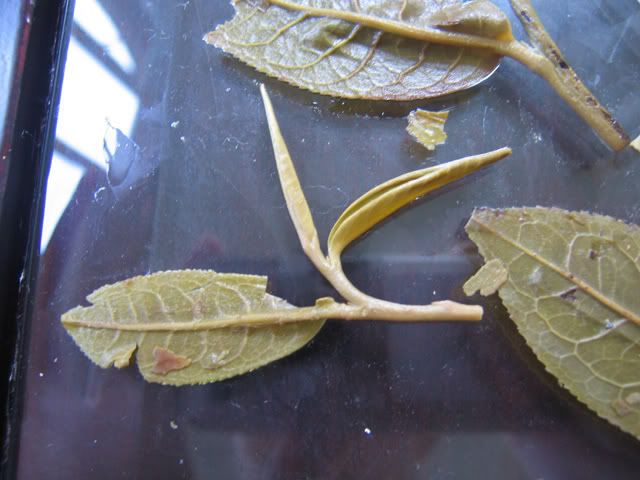
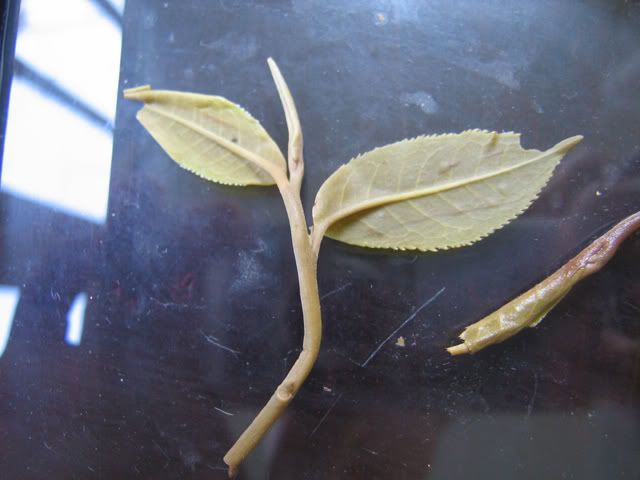
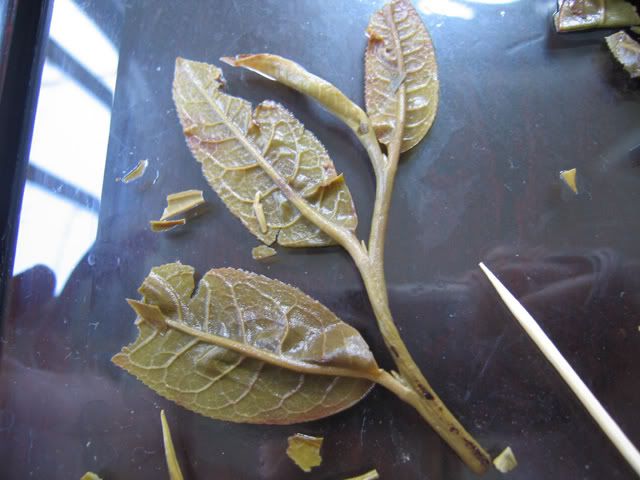
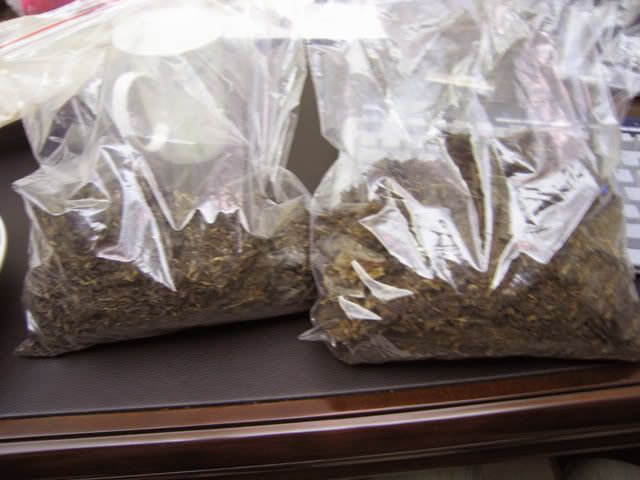
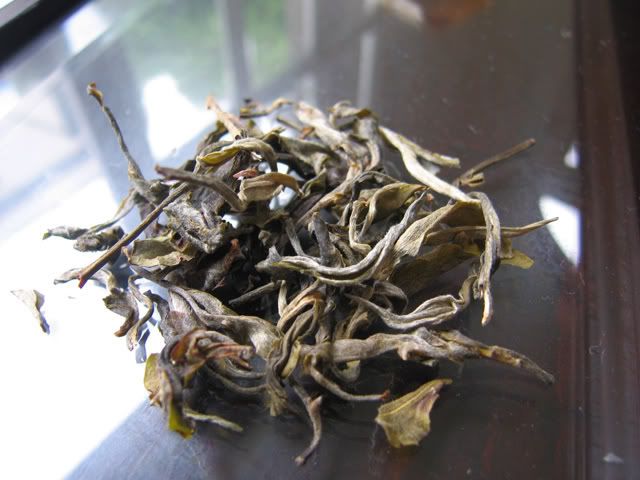

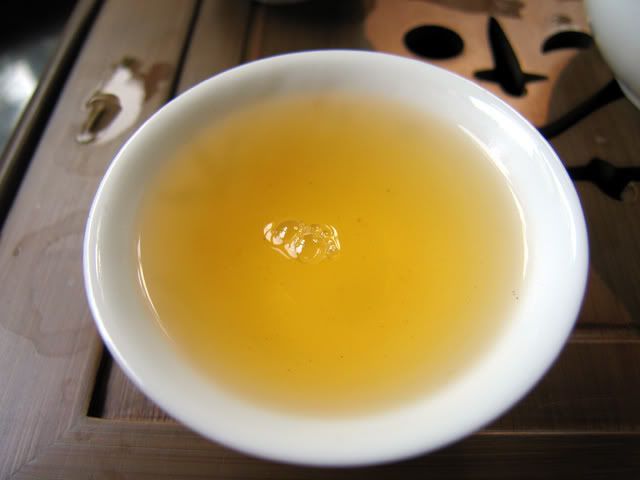




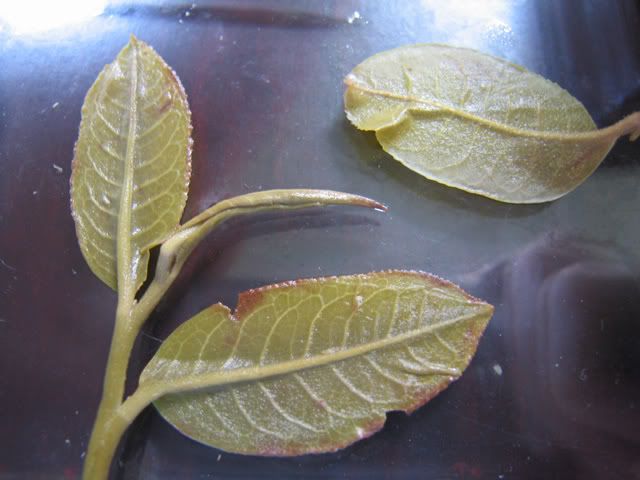



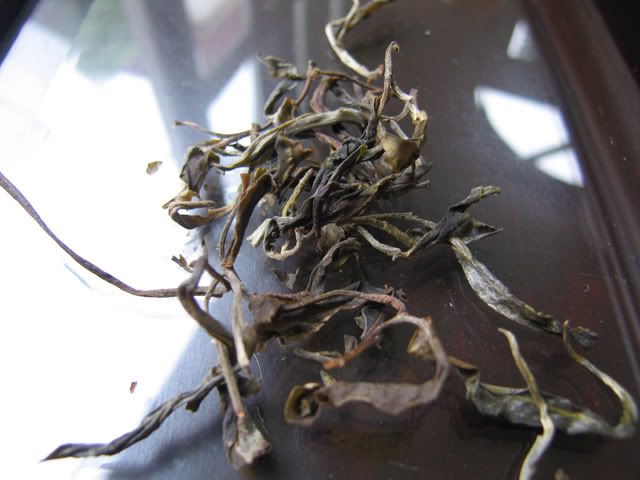
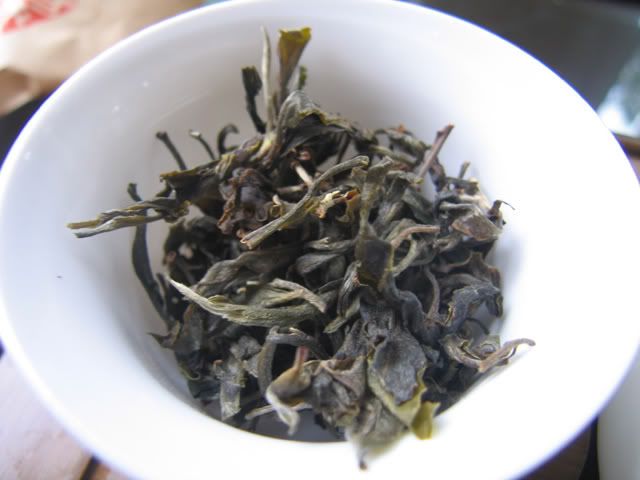
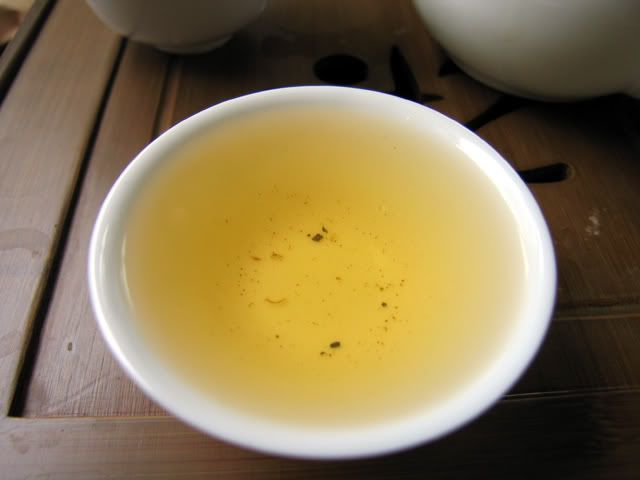
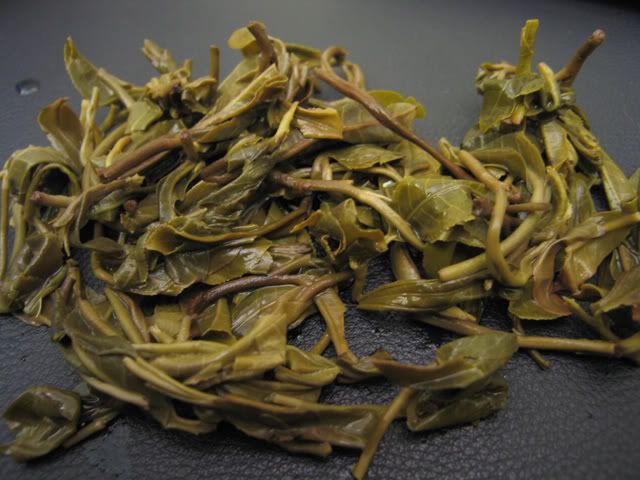
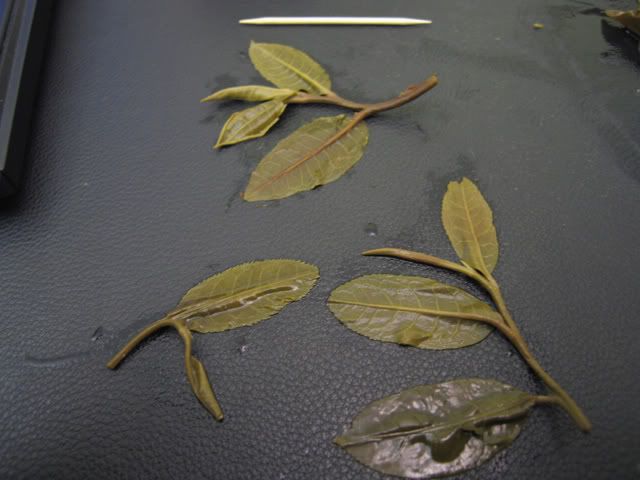
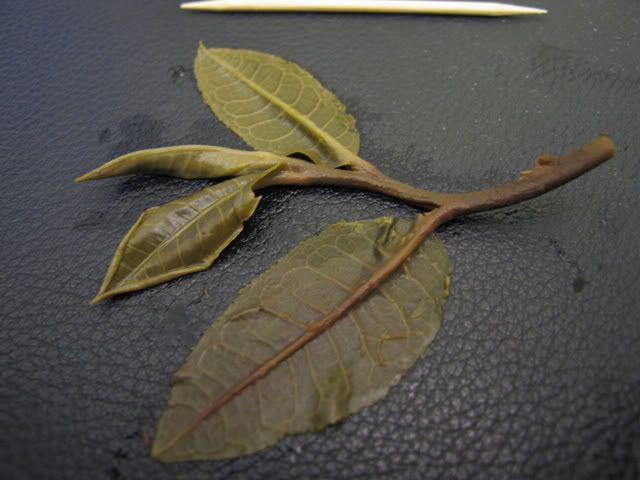
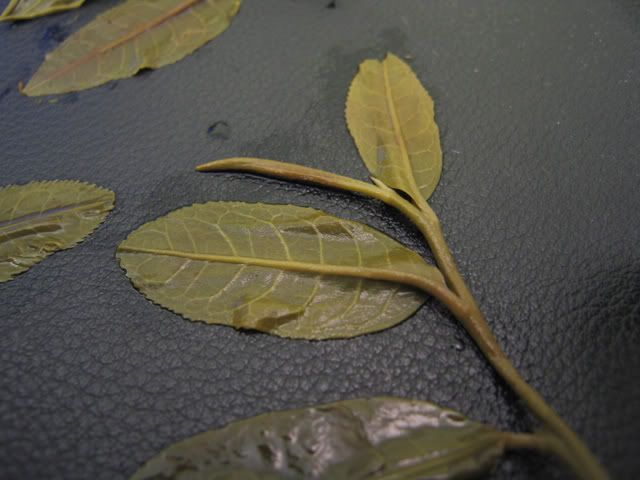
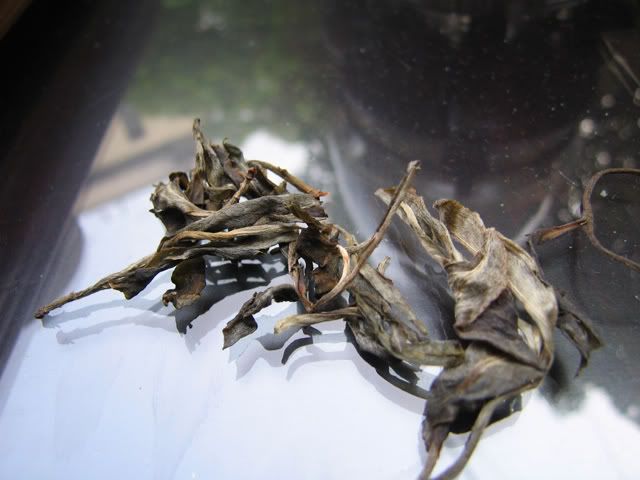
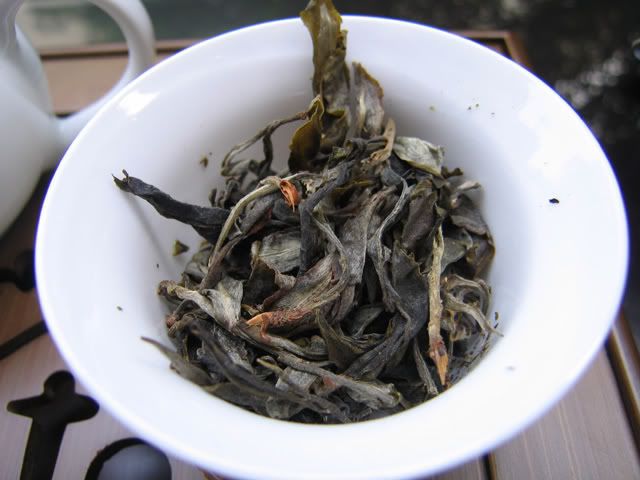
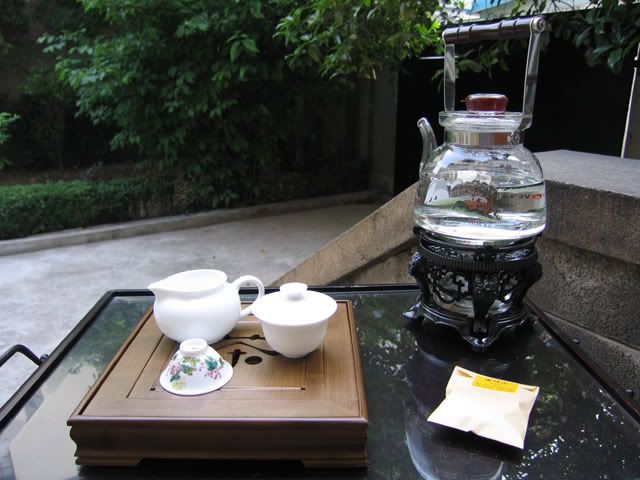
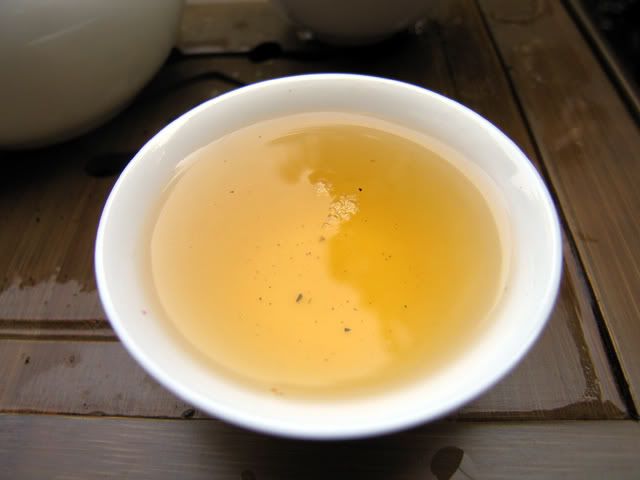
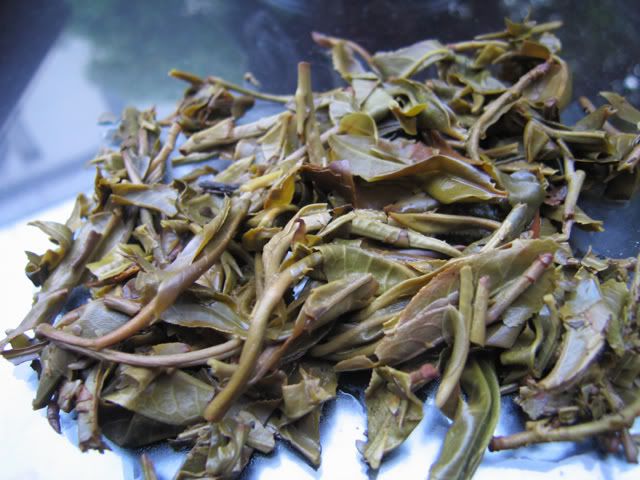
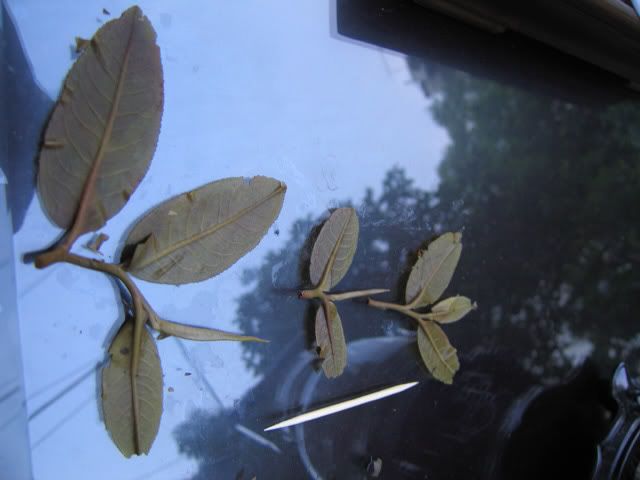
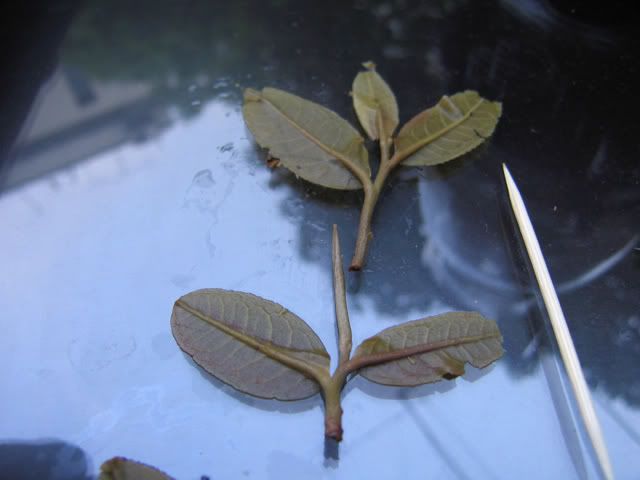
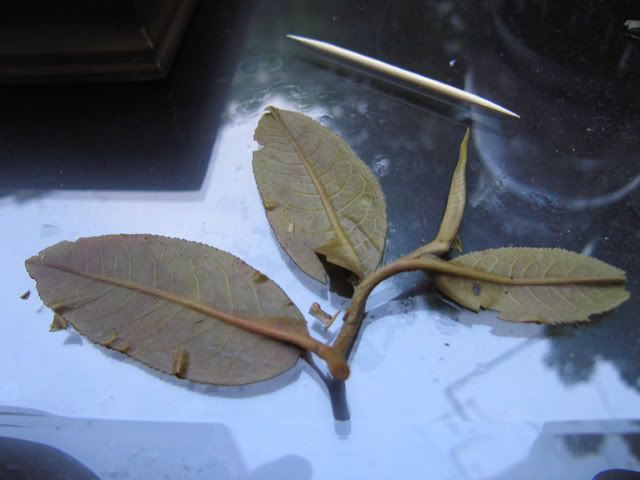
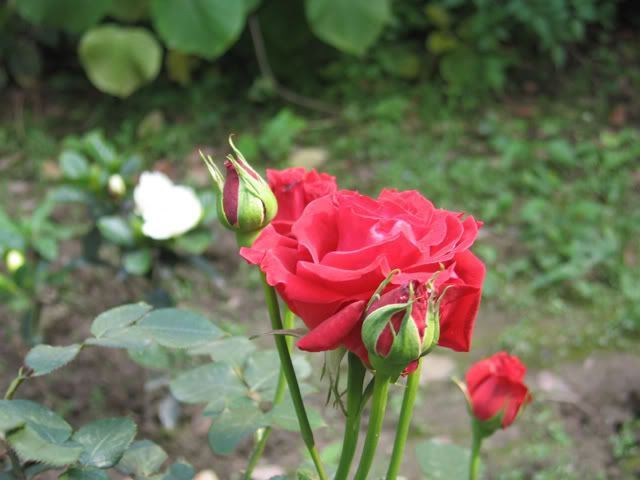
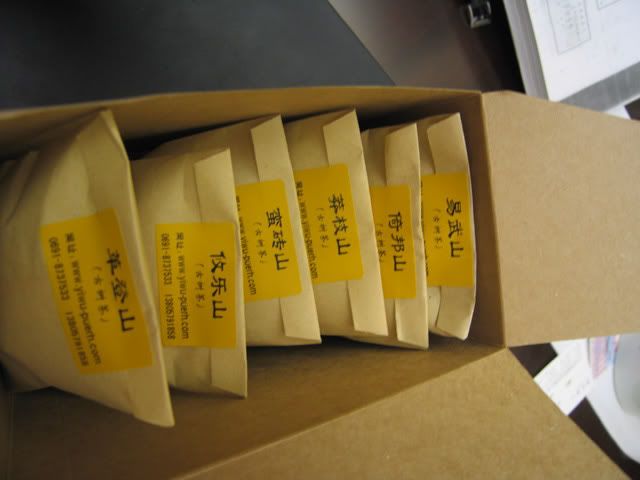
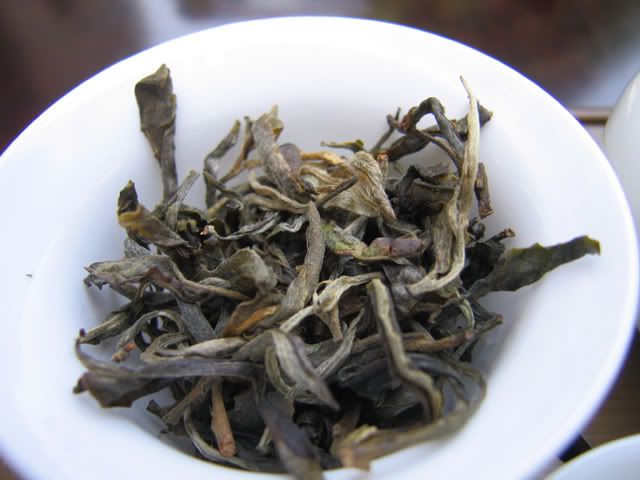
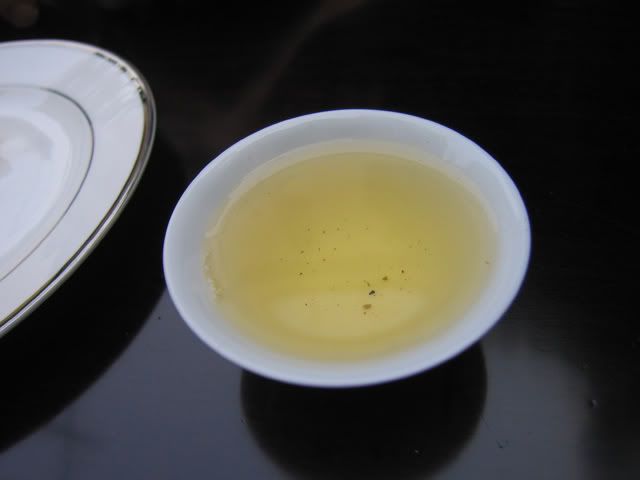
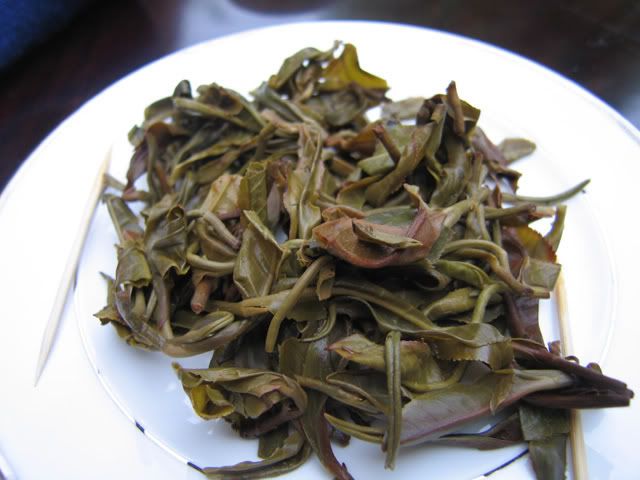
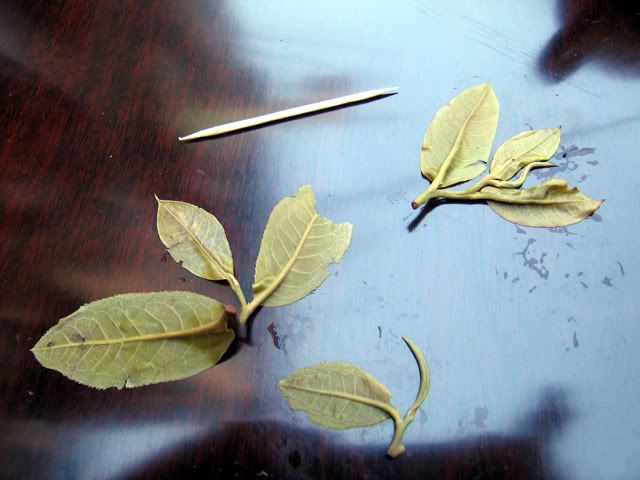
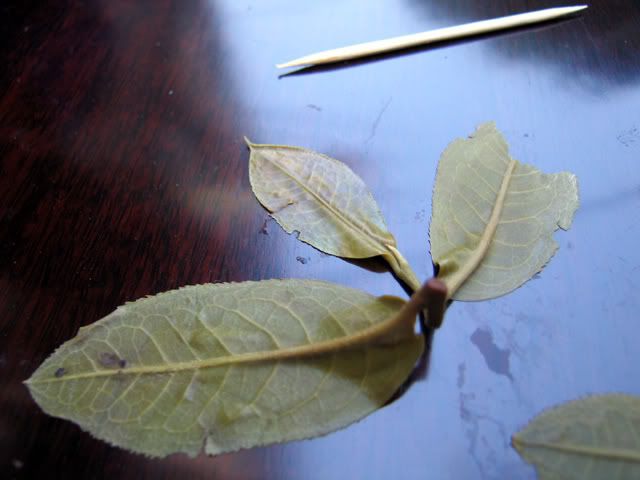
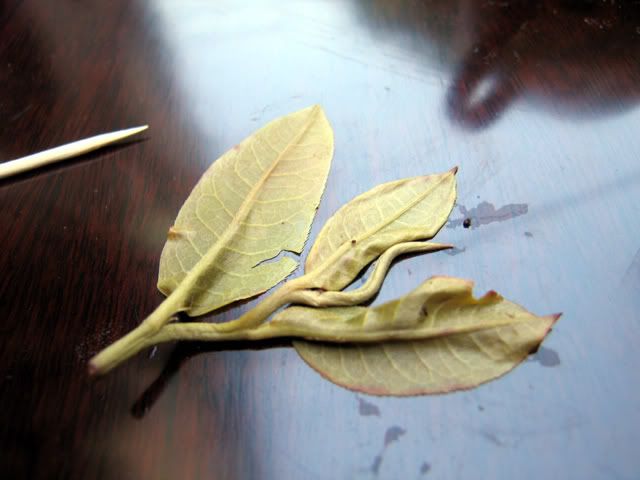
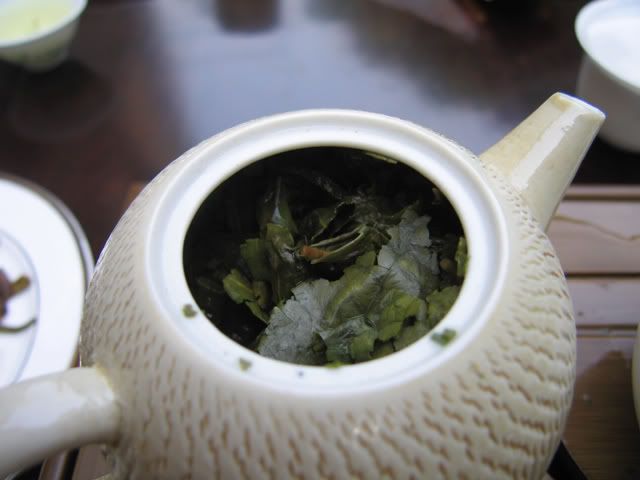
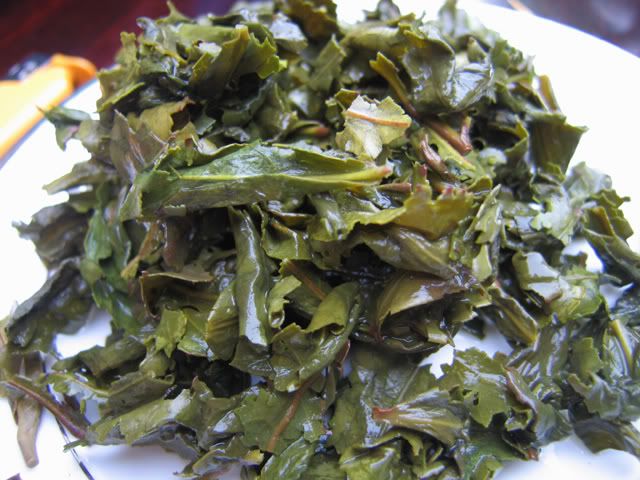
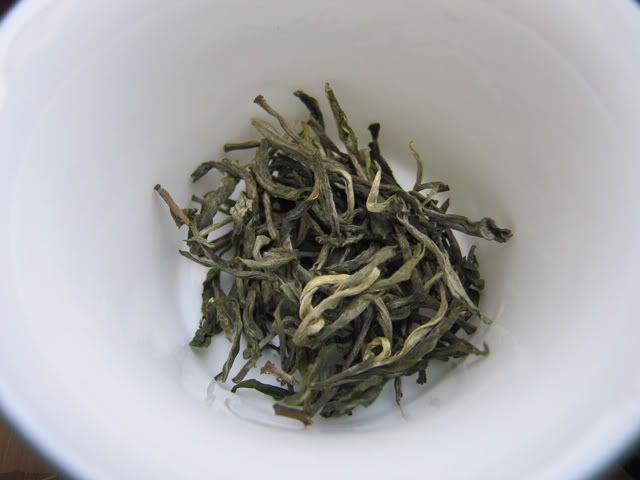
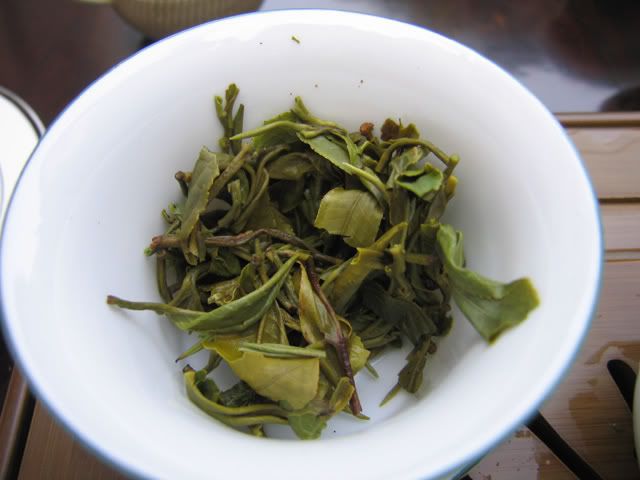
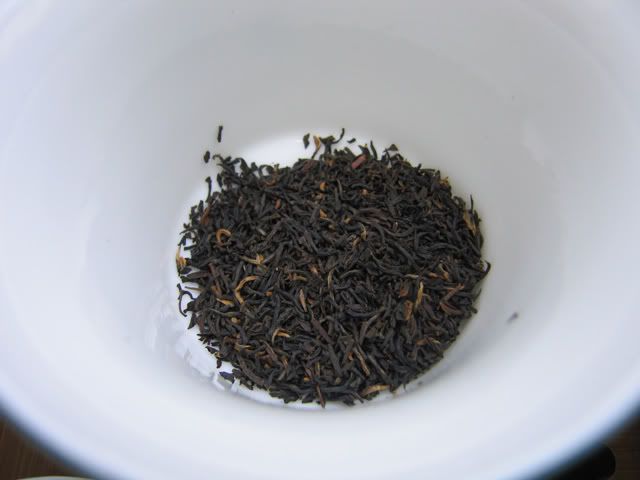
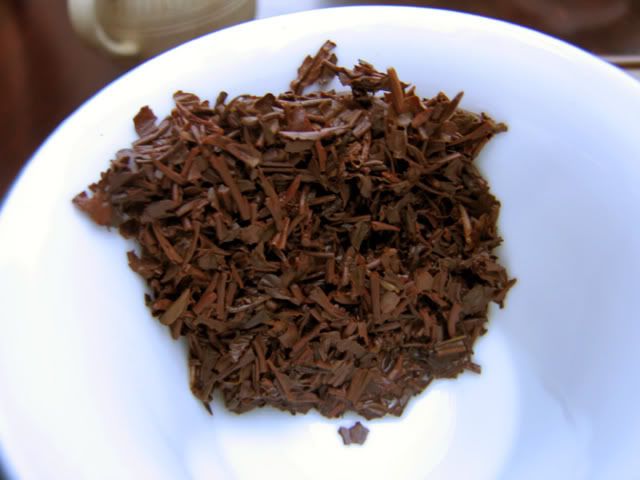
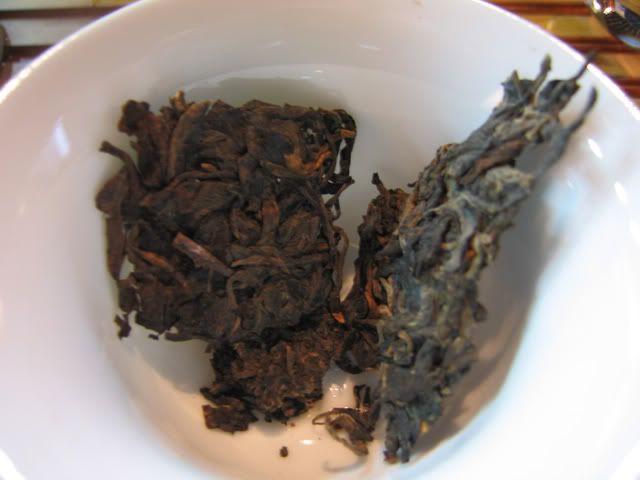
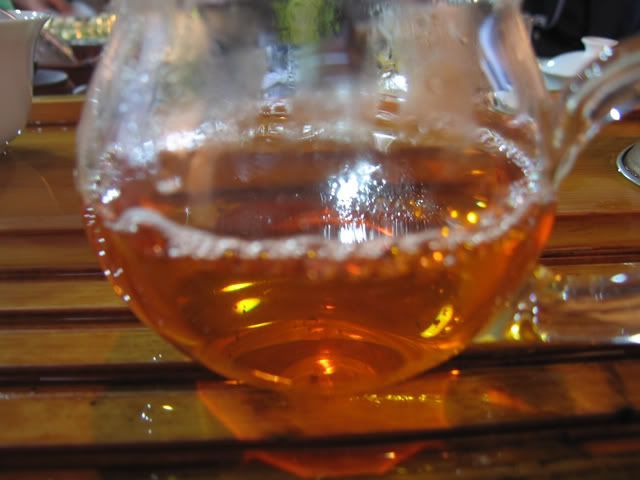
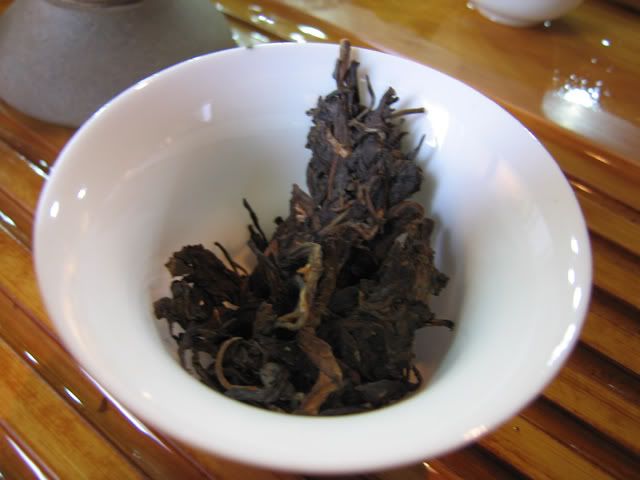
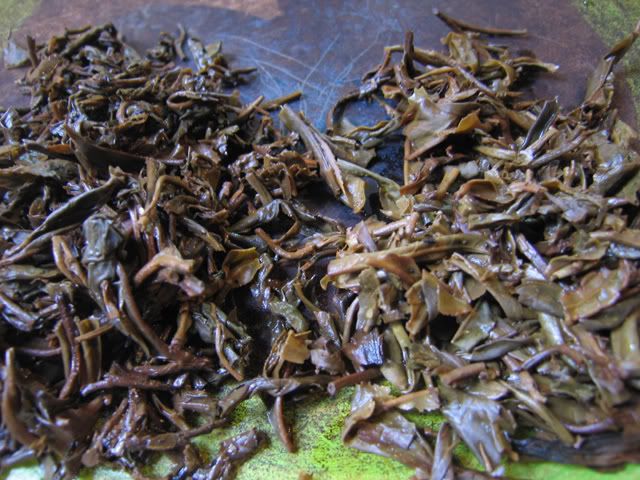
 RSS - Posts
RSS - Posts
Interesting.... would 250C in my oven work?